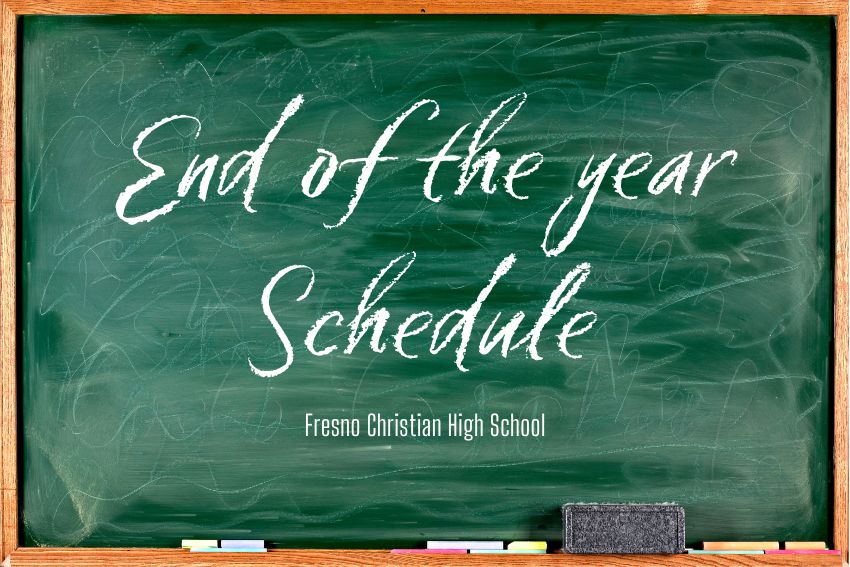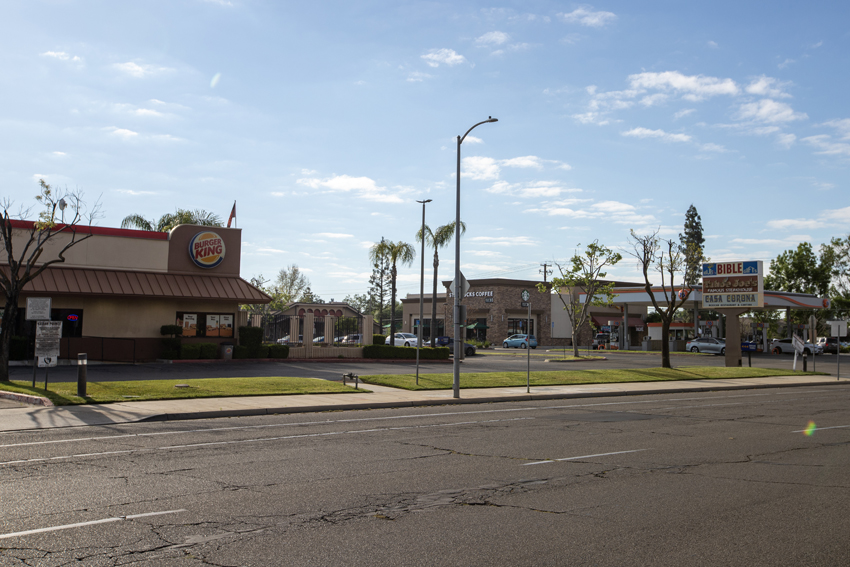UPDATE: Sept. 1
After the drive to the Northwest, Bucher camped in a field in Madras, Oregon. After a night’s rest in central Oregon, Bucher awoke, ate breakfast and waited for totality.
“The trip was good, it was long and a lot of driving for the two minutes of the eclipse,” Bucher said. “The road trip there, everyone warned us that there was going to be horrible traffic. There was no traffic at all, but coming home was pretty touch and go until we got past the main cities that were there. We got home in about 13 hours.”
The eclipse stirred emotion in Bucher. Unable to describe his emotional response, Bucher was captivated by the brief emptiness the eclipse created.
“I am not an emotional type of guy,” Bucher said. “There was an emotional component to it and it’s real hard to put my finger on it. There’s something about watching the sun disappear and be replaced with something totally different which is what happens. It’s really beautiful to look at, and that stirs emotions. I didn’t cry or scream or anything like that”
In comparison to surrounding fields, Bucher experienced a different eclipse than those around him. The sparsely occupied field allowed Bucher to concentrate on the eclipse without distraction from other onlookers.
“The most memorable part was the total eclipse,” Bucher said. “Up until that point, you still couldn’t look at the sun. You’re looking up and it really didn’t look much different at 99 percent than it did at 72 percent. It was just a big ball of fire you couldn’t look at and then all of the sudden it’s a black hole in the center of the sky.”
Scott Bucher seeks Great American Eclipse
The sky darkens, crowds gather and watch as their world descends into darkness. Minutes pass, and rays of sunshine begin to break through the short-lived dusk.
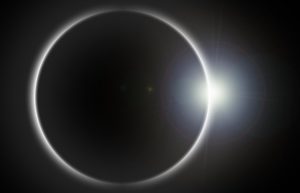
An upcoming solar eclipse is planned to pass through North America and give many the opportunity of seeing a total eclipse. Dubbed the Great American Eclipse, it is scheduled for Aug. 21. The last North American solar eclipse occurred 38 years ago and moved through the northwestern United States.
A solar eclipse occurs when Earth’s moon completely or partially blocks the sun. Two solar eclipses happen each year in some part of the world, with one this year happening in North America. Eclipses occur during full moons where the moon is also near a lunar node. Lunar nodes are points in the moon’s orbit that cross the ecliptic a term for the sun’s orbit.
Physics teacher, Scott Bucher plans to travel to Oregon to watch the total solar eclipse happening there. The predicted path of the upcoming solar eclipse begins in Oregon and moves southeast to South Carolina.
“I have always wanted to see an eclipse,” Bucher said. “The last time it happened, I was a little boy. The last eclipse was fifty years ago in the United States. It wasn’t a total eclipse, it was a partial eclipse. It’s something that happens so rarely when you have an opportunity to see it and I want to see it.”
[soundcloud url=”https://api.soundcloud.com/tracks/340034088″ params=”color=ff5500&auto_play=false&hide_related=false&show_comments=true&show_user=true&show_reposts=false&visual=true” width=”100%” height=”150″ iframe=”true” /]
Unless the sun is completely covered, looking directly at the sun can damage eyes. As a child, Bucher used a paper with pinholes to safely view the view the eclipse. Until total coverage, proper eyewear must be worn to protect from the damaging rays of the sun when viewing an eclipse.
“I have a friend who has got a camp spot and a motorhome with a bathroom in it,” Bucher said. “We are going to drive up to Oregon after Sunday school. It’s about an eleven-hour drive, and we should get there at about nine in the evening, but we don’t know what traffic is going to be like.”
Bucher plans to eat on the road and extra snacks and water. Preparing for the worst, Bucher packed a five-gallon gas can in case gas stations run out of fuel. Bucher is prepared for heavy traffic but hopes to encounter light traffic. He also packed protective eyewear and a spectrometer, which allows him to see a wider array of colors.
“What I am expecting with totality when the sun is completely covered, that’s for about two and a half minutes,” Bucher said. “What I have been told is from the cornea of the sun, you see streams of light going out in all directions. When the sun is dark, you can see the stars in the sky. The animals all go to sleep unless they are nocturnal.”
“The whole ground shimmers,” Bucher continued. “There is still a little bit of light coming from the sun and it’s so minor, but you’re in the dark and you are able to see it. You can’t pick it up on a camera. A camera is not as sensitive as a human eye.”
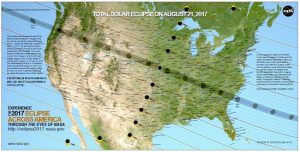
According to Bucher, viewers of solar eclipses express incredible emotional reactions. Some cry, laugh and others gasp in amazement.
Bucher teaches on the solar eclipses in his physics classes. He covers them in his lectures of orbits and astronomy.
“In physics class, we talk about astronomy, but not at that level,” Bucher said. “Eclipse is a physics topic, but it’s not one we deal with directly. An eclipse is just a special event that takes place because we are rotating around the sun and the moon is rotating around us. We could be on a planet with a moon and a sun and not have a total eclipse because the moon could be too small or too far away to totally cover the sun.”
Scientists speculate that the next solar eclipse that will take place in North America will be on April 8, 2024. The eclipse is anticipated to sweep northward, coming from Texas and passing through the Great Lakes.
Be sure to wear protective eyewear when viewing the eclipse!
For more articles, read Varsity baseball team wins first Valley Championship.
For more science articles, read Physics teacher uses demonstrations to engage students
This writer can be reached via email at Sam Cross and via twitter at Sam Cross.









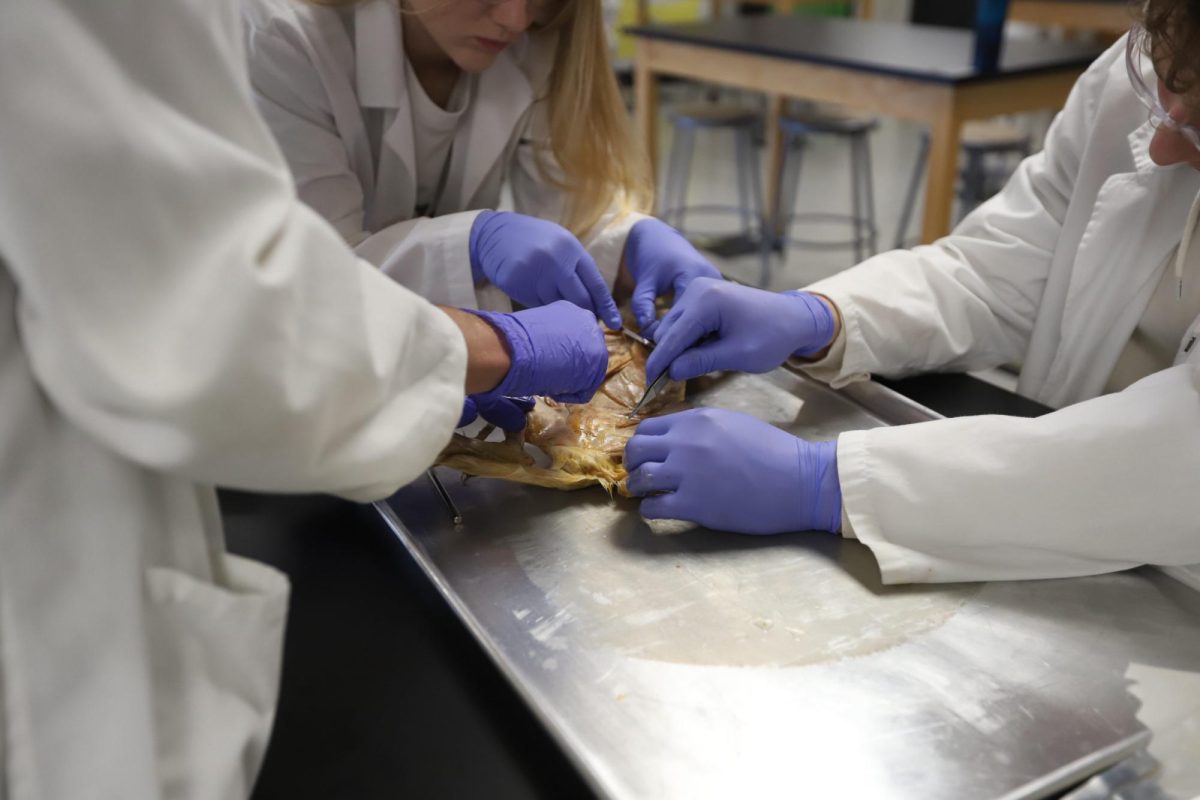
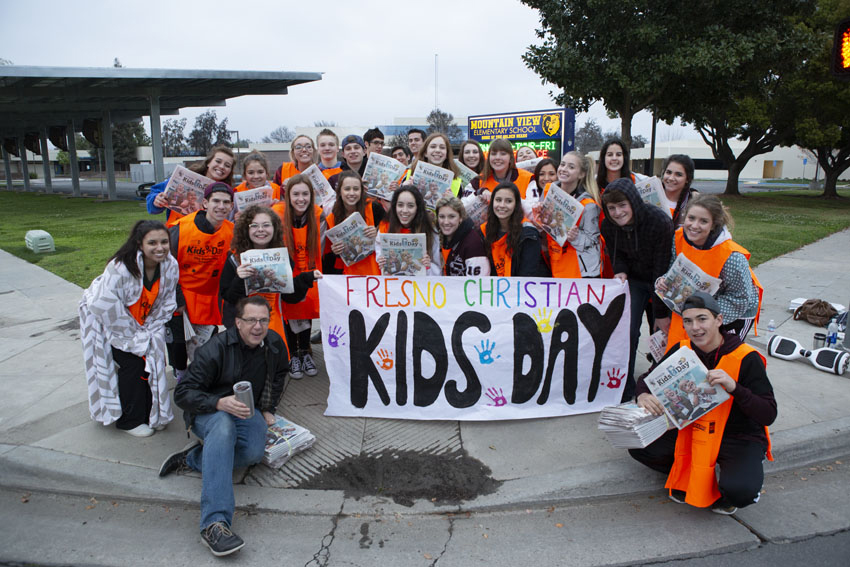
![[Video] 100th CSPA Spring Journalism Conference](https://thefeather.com/wp-content/uploads/2024/04/20240308-cspa-crown-002.jpg)


